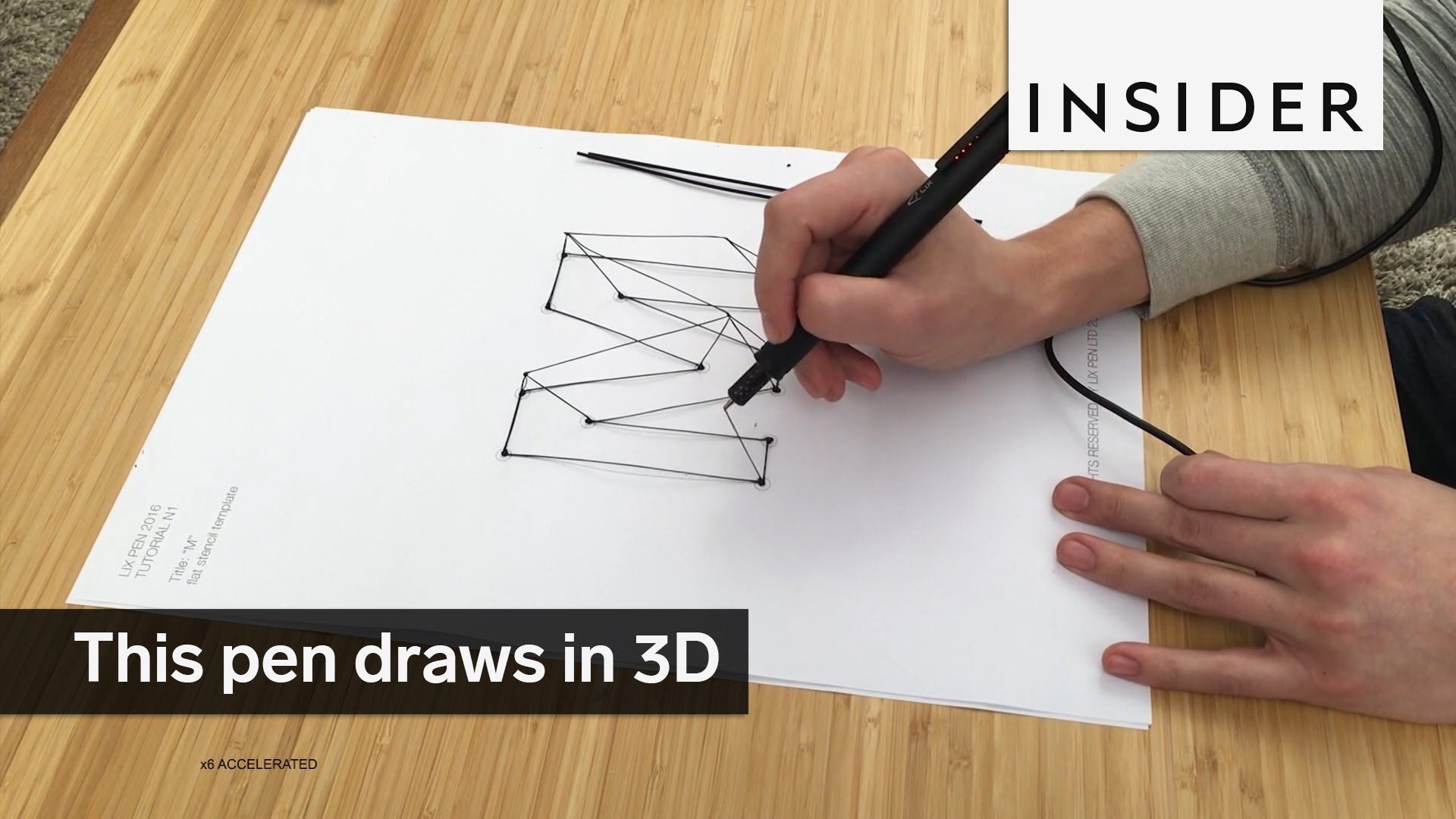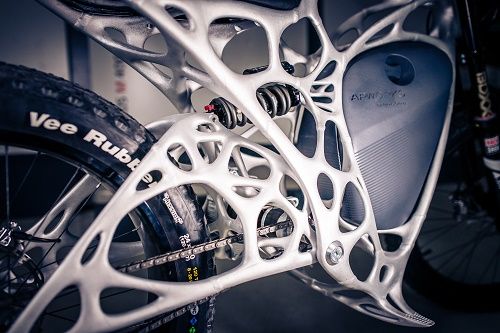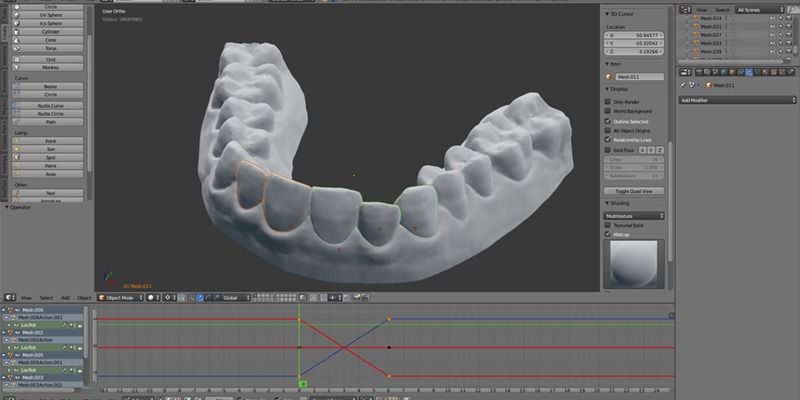Awesome.
The 3D-printed office was constructed using a special mixture of cement and a set of building material designed and made in the UAE and the United States. To ensure reliability, the materials have undergone a range of tests in both China and the United Kingdom.
A 3D-printer measuring 20-feet high, 120-feet long and 40-feet wide was used to print the building that featured an automated robotic arm to implement printing process.







